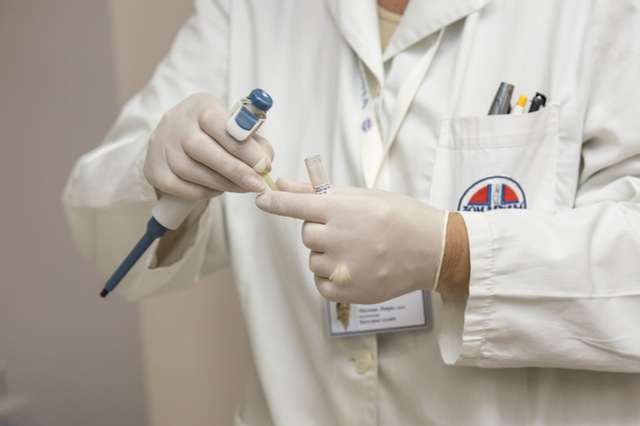Last Updated on: 22nd November 2023, 02:23 am
According to the HSE, nearly 700 thousand workers sustained a non-fatal injury at their place of work in 2019-20. Non-fatal injuries are avoidable incidents, and while many of these may initially appear to the be the fault of the worker – 19% of injuries reported under RIDDOR were a result of handling, lifting or carrying – many of these may have been prevented by employer intervention, and the ensuring of safety in the workplace. Here are four key ways you can ensure the safety of your employees, and minimise the risk of injury on-site.
Health and Safety Training
Health and safety training is a crucial part of any onboarding process when it comes to hiring new employees and should be one of the very first training sessions new hires undergo. There are universal health and safety procedures which all employees should be aware of – from the lifting of heavy goods to fire safety protocol – but each workplace will have its own unique health and safety requirements due to differing locations and occupational hazards. It should also be a priority for you to re-train your staff on a regular basis, to ensure that everyone is safe, on the same page, and updated in the case of changes to any relevant laws or new equipment.
Providing Protective Equipment
It should be incumbent on your business to provide your employees with the equipment they need to stay safe at work. This can mean different things for different workplaces: an office environment, this might mean ergonomic keyboards and wrist rests to prevent RSI and carpal-tunnel in office staff; for hands-on work in workshop or building site environments, you may be after protective eye-goggles, boiler suits and steel toe-capped boots. In the case of the latter, it is especially important that you don’t leave it to your employees to source their own equipment. Many brands are sub-par, and poor protective equipment could do very little to prevent injury. Instead, be sure to source your own equipment for your workforce from reputable brands like SGS Engineering.
Risk Assessments
Risk assessments are a fundamental way of understanding the safety needs of your workplace. Any machinery or equipment should have regular risk assessments carried out in order to manage the risk involved in using them and put in place safe instructions for use. Risk assessments are also a useful way of managing the human element of risk – for example, in employing a pregnant person, you might conduct a risk assessment to find out if any part of their contract needs amending for safety purposes. Having an industry certified professional come in to undertake a risk assessment can be a great way to ensure there is no bias and every possible danger is given equal attention and no small detail is overlooked.
Listening to Your Staff
Last but certainly not least, be sure to check in with your staff regularly regarding safety issues. It may be that they have concerns of their own regarding safety, and through these conversations you can amend your health and safety policy and increase staff trust in the process. Your employees may also pick up on extra safety hazards that you may miss as they are around the equipment all day, and business owners often risk being too close to the business to spot these smaller, yet equally important, dangers.








